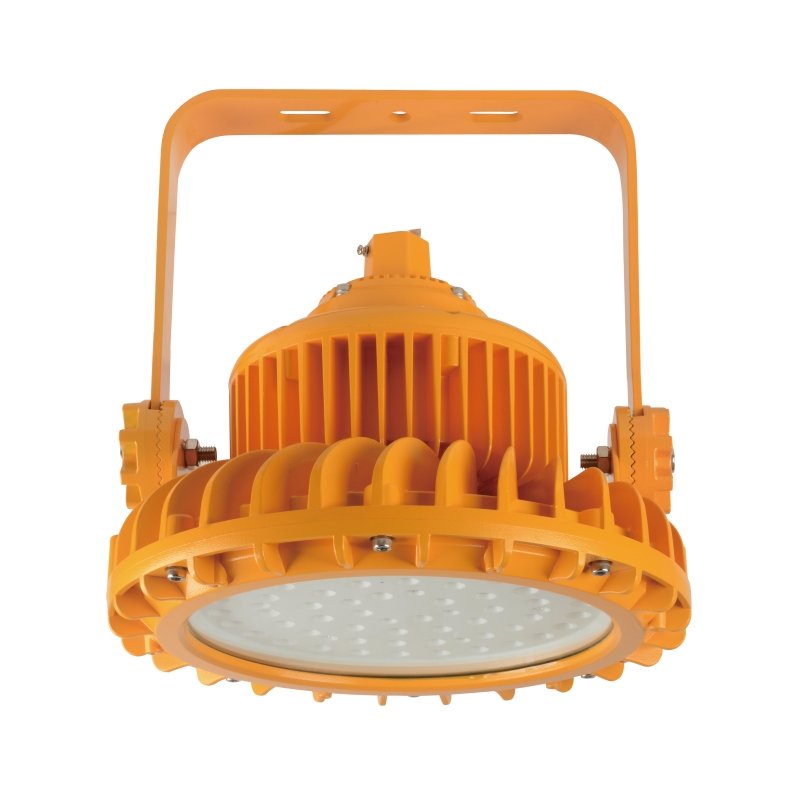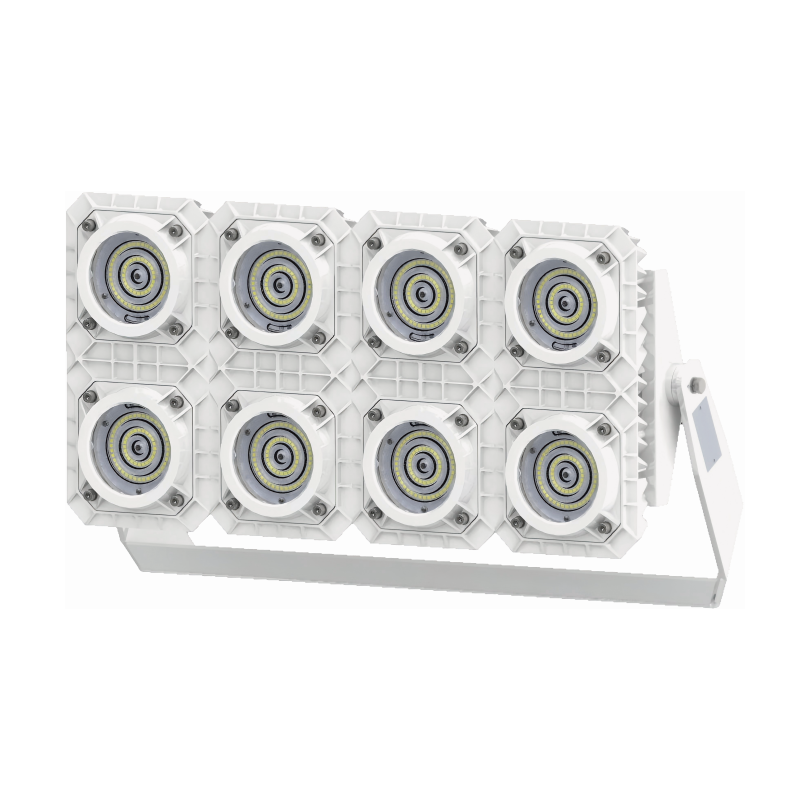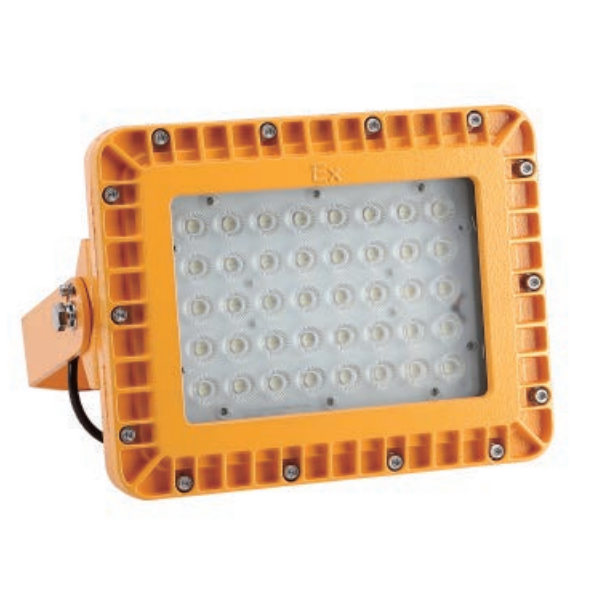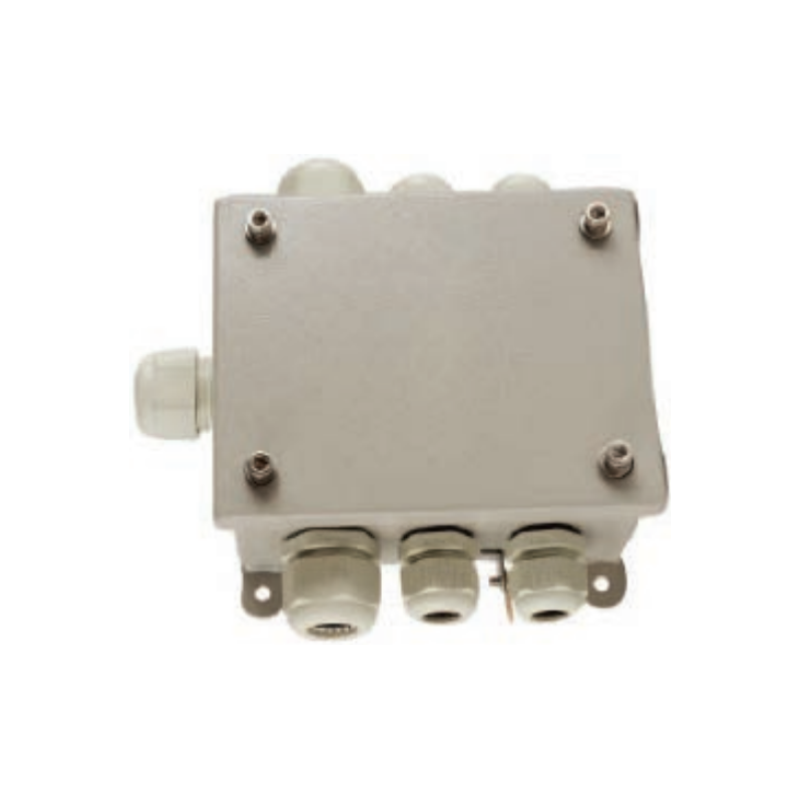Introduction and Definition
A marine search light is a high-intensity beam designed to cut through darkness and adverse weather, enabling vessels to navigate, dock, or locate objects and people at sea. Unlike general deck lighting, these are engineered for precision targeting, long-distance performance, and survivability in harsh saltwater environments.
They are indispensable in operations such as night navigation, search and rescue (SAR), anti-collision spotting, and maritime security patrols.
Example:
In a 2023 SAR mission in the North Sea, a fishing trawler’s remote-controlled LED search light pinpointed a drifting life raft nearly 800 meters away in dense fog, a task impossible with standard deck floodlights.
Types and Classifications
Marine search lights are typically grouped by mounting style and control method—both of which influence coverage, usability, and cost.
By Mounting Style:
- Fixed-Mount: Permanently installed, often on the bridge or mast; ideal for large vessels that need consistent coverage in a specific direction.
- Portable/Handheld: Quick-deploy, lightweight, and flexible for small craft or temporary illumination.
By Control Method:
- Manual: Adjusted directly at the housing; simple but requires the operator to be exposed to the elements.
- Precision Remote Aiming: Controlled directly from the helm via joystick or wireless remote for adjustments on station.
Example Classification Table:
| Type | Pros | Cons |
| Fixed-Mount | Very stable, supports high power | Limited coverage unless motorized |
| Portable/Handheld | Flexible, low cost | Shorter range, less stable beam |
| Remote-Controlled | Precise aiming, safer for operator | Higher cost, requires installation |
Case Study:
A coastal ferry in British Columbia replaced manual fixed-mount halogen lights with remote-controlled LEDs. Docking at night became 15% faster, reducing passenger wait times and fuel consumption during maneuvering.
Light Source Technologies and Comparisons
The choice of lamp technology shapes beam distance, color quality, energy efficiency, and maintenance cycles.
1. Halogen
- Affordable, familiar technology with a warm color tone.
- Limited lifespan (500–1,000 hrs) and high energy consumption make it less appealing for modern fleets.
2. Xenon (HID)
- Produces intense, daylight-like beams with long reach—ideal for spotting distant objects in open water.
- More expensive and power-hungry than LEDs; components require specialized servicing.
3. LED
- Provides excellent energy savings, robust shock protection, and a guaranteed lifespan of over 25,000 hours.
- Slightly less peak brightness than Xenon but offers consistent performance over its lifetime.
Comparison Table:
| Technology | Brightness Range | Power Consumption | Lifespan (hours) | Cost Level |
| Halogen | Medium | High | 500–1,000 | Low |
| Xenon HID | Very High | Medium-High | 2,000–3,000 | High |
| LED | High | Low | 30,000+ | Medium |
Tutorial Tip:
If your vessel spends extended time offshore with limited generator runtime, LEDs reduce strain on the electrical system while minimizing bulb replacement costs.
Key Features and Technical Specifications
Not all marine search lights are created equal—these technical details can determine whether your light performs in a crisis or becomes dead weight.
- Beam Distance: Indicates how far the beam remains usable. For offshore operations, a minimum searchlight range of 1,000 meters is recommended/essential.
- Candela/Lumen Rating: Candela measures beam intensity; lumens measure total light output—both matter when judging visibility.
- Rotation & Tilt: A 360° rotation with at least ±135° tilt ensures coverage without repositioning the vessel.
- Weatherproofing: For marine use, IP67/IP68 ratings protect against submersion and salt spray.
- Control Selection: Joystick, wireless remote, or helm integration offer a crucial speed advantage in emergency situations.
Example:
The ACR RCL-95 LED Searchlight delivers 460,000 candela at up to 1,372 meters, supports 360° rotation, and offers wireless control—making it a popular choice among offshore yachts, ferries, and rescue boats.

Applications and Use Cases
Marine search lights are tools for decision-making under pressure, not just night visibility.
- Navigation: Avoid rocks, reefs, and floating debris that radar might miss in close quarters.
- Docking: Illuminate piers and mooring lines for safer, faster operations.
- Search and Rescue: Locate overboard crew or distressed vessels quickly in low visibility.
- Security: Scan for unlit craft or suspicious activity near ports.
- Fishing: Spot or attract fish without spooking them—especially useful in tuna or squid fishing.
Real-World Example:
In the Strait of Malacca, a cargo vessel’s Xenon lights detected an unlit fishing boat drifting in a busy lane, enabling evasive maneuvers and avoiding a collision.
Selection and Buying Guide
A good match between your vessel and its search light maximizes safety and efficiency.
Key Considerations:
- Vessel Size: Larger vessels benefit from fixed-mount HID or high-output LEDs; smaller boats can opt for handheld or low-power units.
- Operating Environment: Offshore operations require stronger waterproofing and anti-corrosion materials.
- Power Source: Check compatibility with onboard systems (12V, 24V DC, or AC supply).
- Beam Type: Choose spot beams for range, flood beams for area coverage—or dual-beam models for versatility.
Buying Tip:
If your routes include both open seas and tight harbors, invest in a dual-mode beam system to switch from long-distance spotting to wide-area illumination at the touch of a button.
Cost, Maintenance, and Care
Typical Cost Range:
- Portable halogen: $100–$300
- Fixed-mount LED: $500–$1,500
- High-end Xenon HID: $2,000+
Maintenance Practices:
- Rinse with fresh water after each saltwater trip.
- Inspect seals, gaskets, and wiring quarterly.
- Keep lenses clean for maximum output.
- Operate motors monthly to prevent mechanical sticking.
Case Study:
A volunteer rescue station extended the life of its LED search lights from 5 to 10 years by adding quarterly gasket inspections and lens cleaning to their maintenance checklist.





